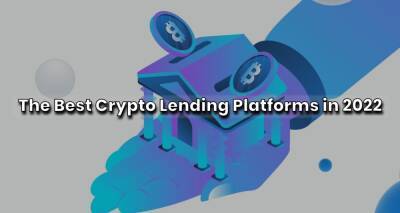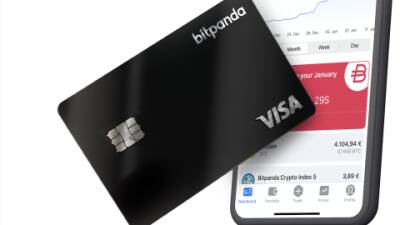Web3 might be crypto’s key to the mainstream market
2021 has been a significant year for crypto with no fungible token (NFT) being awarded word of the year, decentralized finance (DeFi) trending in the mainstream media and crypto companies making headlines for a variety of announcements. This is, no doubt, in part due to the effects that COVID-19 has had on the economy, with many looking for new ways to diversify their finances and a move to working from home giving people the free time to research new interests. And, many chose to get involved in crypto.
As conversations began to move on from Bitcoin (BTC) to other larger crypto projects like Ethereum network upgrades and central bank digital currencies, or CBDCs, news coverage would suggest that the mainstream adoption of crypto is already well underway. However, there is one project which could have the ability to catapult crypto well and truly into everyone’s day-to-day lives: Web3.
With an emphasis on community, Web3 represents the future of the internet where users operate in a decentralized way rather than relying on large private businesses or centralized government bodies.
To many, this seems like the next logical step for the internet, where the concept is partially built on the shortcomings of Web 1.0 and 2.0 such as the concentration of power within centralized entities and issues relating to privacy.
Related: What the hell is Web3 anyway?
We’ve already seen examples of this within the crypto and DeFi spaces such as the MakerDAO project, which seeks to build an unbiased global financial system run by the community. As DeFi popularity grew in 2021, more projects and protocols made their way onto the market, all vying to bring the benefits of DeFi to as many people as possible. Similarly, protocols such as Nereus
Read more on cointelegraph.com



![Avalanche [AVAX]: Can incoming demand flip market’s bearish bias - ambcrypto.com](https://finance-news.co/storage/thumbs_400/img/2022/2/22/15065_wksk.jpg)














